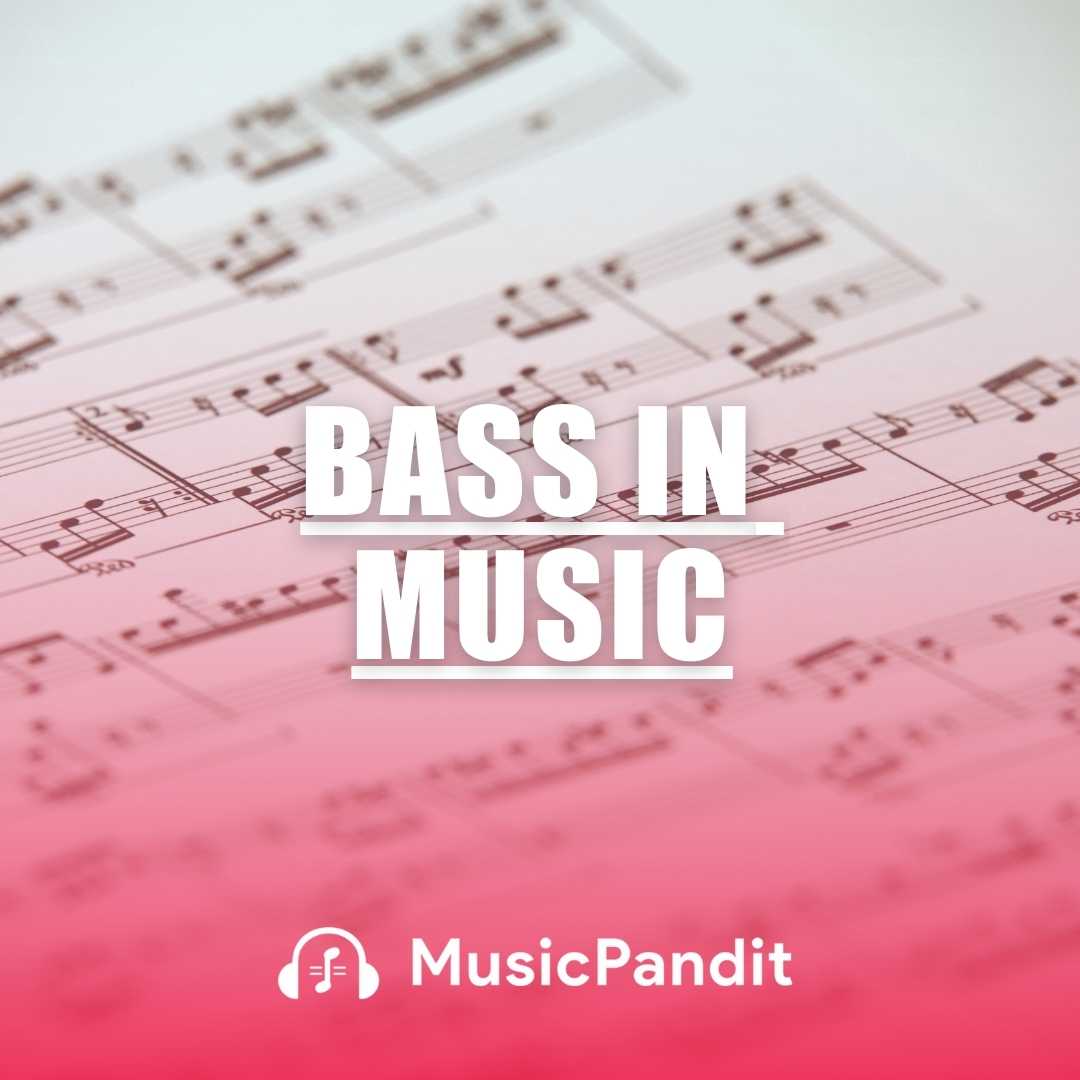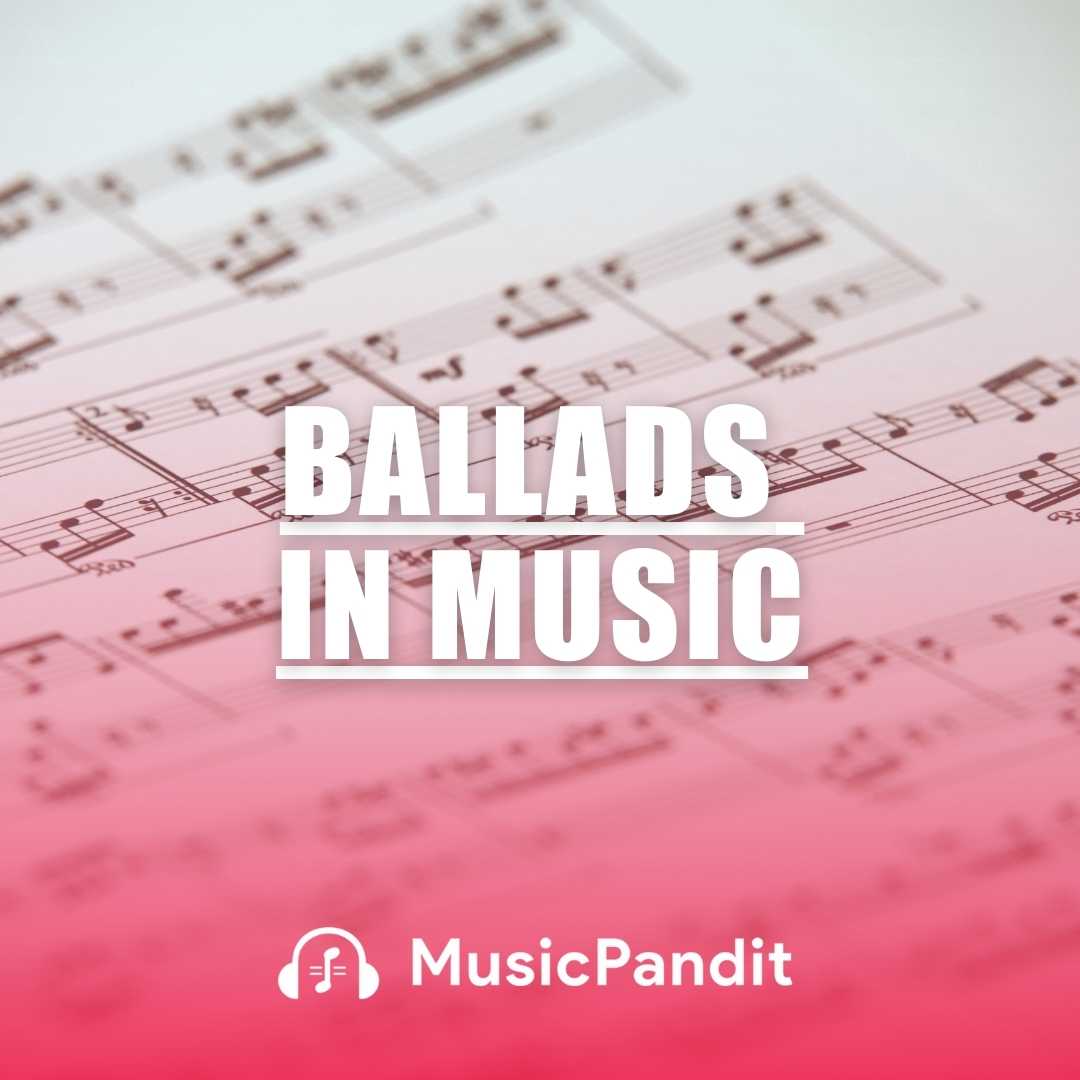In music, a cadence plays a vital role in defining the structure and flow of a piece. It acts like punctuation in language, helping to bring phrases and sections of music to a close. Just like how a period, comma, or exclamation mark signals the end of a sentence or a pause, cadences indicate when a musical idea has concluded or when more is about to come.
For students learning music, understanding cadences is essential as it enhances their sense of musical phrasing and helps them recognise how composers create a sense of resolution or tension in their compositions.
Definition of Cadence
A cadence is a sequence of chords that signifies the end of a phrase, section, or piece of music. It is typically made up of two chords and can provide either a feeling of completion or suspense. Composers use cadences to convey emotions or suggest that something more is about to happen in the music.
There are several types of cadences, each creating a different effect on the listener, and they are commonly used in both vocal and instrumental music.
Types of Cadences
There are four main types of cadences that students will come across in their musical journey. Each type serves a unique purpose and contributes to the overall feel of the music.
Perfect Cadence (V-I) The perfect cadence, also known as an authentic cadence, occurs when the music moves from the dominant chord (V) to the tonic chord (I). This type of cadence provides a strong sense of resolution and finality, making it sound like the music has come to a complete and satisfying end. It is often found at the end of a piece or a section.
In the key of C major, for example, a perfect cadence would consist of the chords G major (V) followed by C major (I). This progression is one of the most commonly used and can be heard in many classical pieces as well as modern songs.
Plagal Cadence (IV-I) A plagal cadence involves moving from the subdominant chord (IV) to the tonic chord (I). This cadence is frequently associated with church music and is often referred to as the “Amen” cadence due to its use at the end of hymns. While it still provides resolution, it sounds softer and less conclusive than a perfect cadence.
For instance, in the key of C major, a plagal cadence would go from F major (IV) to C major (I). You can hear this cadence in both classical music and popular music, where it often evokes a more reflective or spiritual mood.
Imperfect Cadence (I-V or other combinations) The imperfect cadence does the opposite of a perfect cadence: it leaves the listener with a sense of expectation. Rather than resolving, it moves from any chord to the dominant chord (V), creating a feeling that the music is unfinished and needs to continue. It often serves as a lead-up to a more conclusive cadence later in the piece.
An example in the key of C major would be moving from C major (I) to G major (V), leaving the listener expecting a return to the tonic (C major) for resolution.
Interrupted Cadence (V-any chord except I) Also known as a deceptive cadence, the interrupted cadence surprises the listener by avoiding the expected resolution. Instead of moving from the dominant chord (V) to the tonic (I), it shifts to another unexpected chord. This type of cadence creates tension and unpredictability, keeping the listener engaged and curious about what will happen next.
For example, in the key of C major, instead of moving from G major (V) to C major (I), the music might move from G major (V) to A minor (vi), delaying the resolution.
Importance of Cadence in Music
Cadences are more than just musical punctuation—they play a crucial role in shaping the emotional and structural flow of music. For students, learning to identify and perform different cadences is key to understanding how music is constructed. This knowledge allows musicians to interpret pieces more expressively and gives composers a toolkit for creating dynamic musical journeys.
In particular:
- Perfect cadences give a sense of closure and satisfaction, making them ideal for the ends of pieces or major sections.
- Plagal cadences offer a softer resolution, often used in sacred or reflective music.
- Imperfect cadences build anticipation, keeping the listener engaged and preparing for further development.
- Interrupted cadences create surprise and variety, adding emotional depth to the music.
Uses of Cadences
Cadences are used across various musical genres, from classical to pop, and can be found in both vocal and instrumental music.
In Classical Music: Cadences are often used to articulate the form of a piece, marking the ends of sections in sonatas, symphonies, and other formal structures. For example, in Beethoven’s symphonies, you will often hear perfect cadences at the end of movements, providing a grand sense of closure.
In Popular Music: Cadences are just as important in pop, rock, and jazz. Many pop songs use perfect cadences to create satisfying endings, while imperfect and interrupted cadences are used to keep listeners hooked, especially before a chorus or bridge.
In Vocal Music: Singers use cadences to shape phrases, ensuring that each line of music feels complete or leads smoothly into the next. Perfect cadences help vocalists bring a song to a powerful close, while interrupted cadences can add drama and emotion.
In Instrumental Music: For instrumentalists, cadences guide the performance, indicating where to pause, resolve tension, or build anticipation. Pianists, for instance, might emphasise a perfect cadence at the end of a piece, while guitarists could use an interrupted cadence to keep the energy of a song alive.
Benefits of Understanding Cadence
Mastering cadences offers several benefits for young music students:
- Improved Musical Phrasing: Understanding cadences helps students learn how to break down music into logical phrases, making their performances more expressive and coherent.
- Better Composition Skills: For budding composers, knowing how to use cadences effectively is crucial for creating pieces that flow well and evoke the desired emotions.
- Enhanced Listening Skills: Being able to identify cadences in the music they hear will improve students’ overall musicality, making them more attentive and critical listeners.
- Confidence in Performance: Musicians who recognise cadences can perform with greater confidence, knowing when to emphasise certain chords and when to hold back for dramatic effect.
Related Topics
In addition to cadences, students should become familiar with related concepts such as:
Chord Progressions: The series of chords that cadences are part of, and which form the harmonic backbone of most music.
Modulation: The process of changing keys within a piece, often signalled by the use of cadences to smoothly transition from one key to another.
Harmony: The overall structure of chords and their relationships within a piece of music, of which cadences are an essential part.
Conclusion
Understanding cadences is a fundamental aspect of music education. Whether you’re playing an instrument or singing, recognising and using cadences allows you to bring more meaning and expression to your music. From the strong, satisfying resolution of the perfect cadence to the surprising twist of the interrupted cadence, these chord progressions add depth and character to every piece. As students continue their musical journey, mastering cadences will be an invaluable skill that enhances both their performance and compositional abilities.















